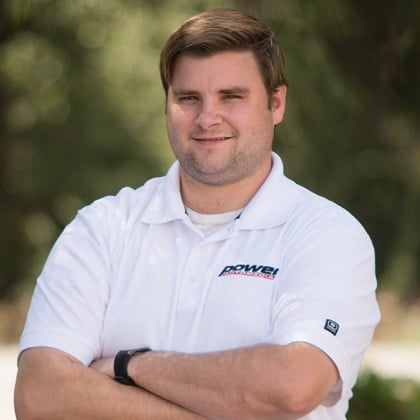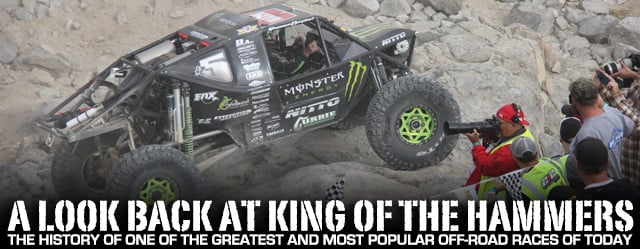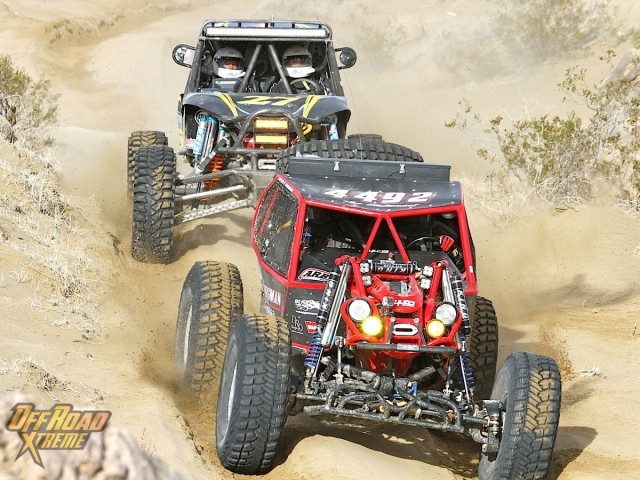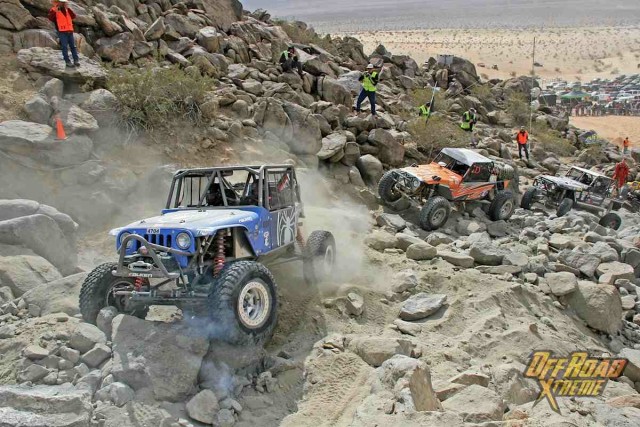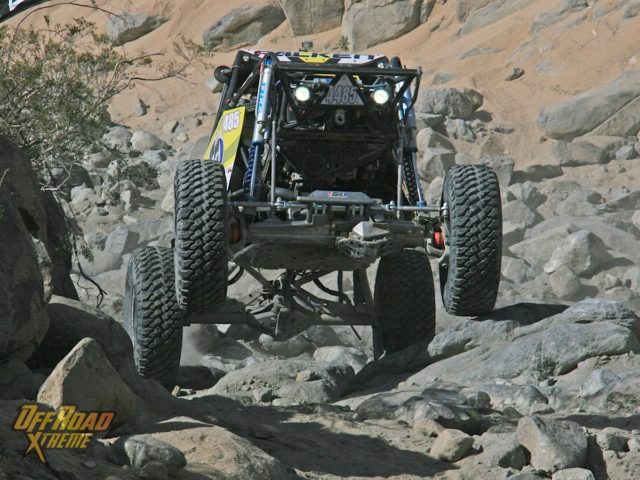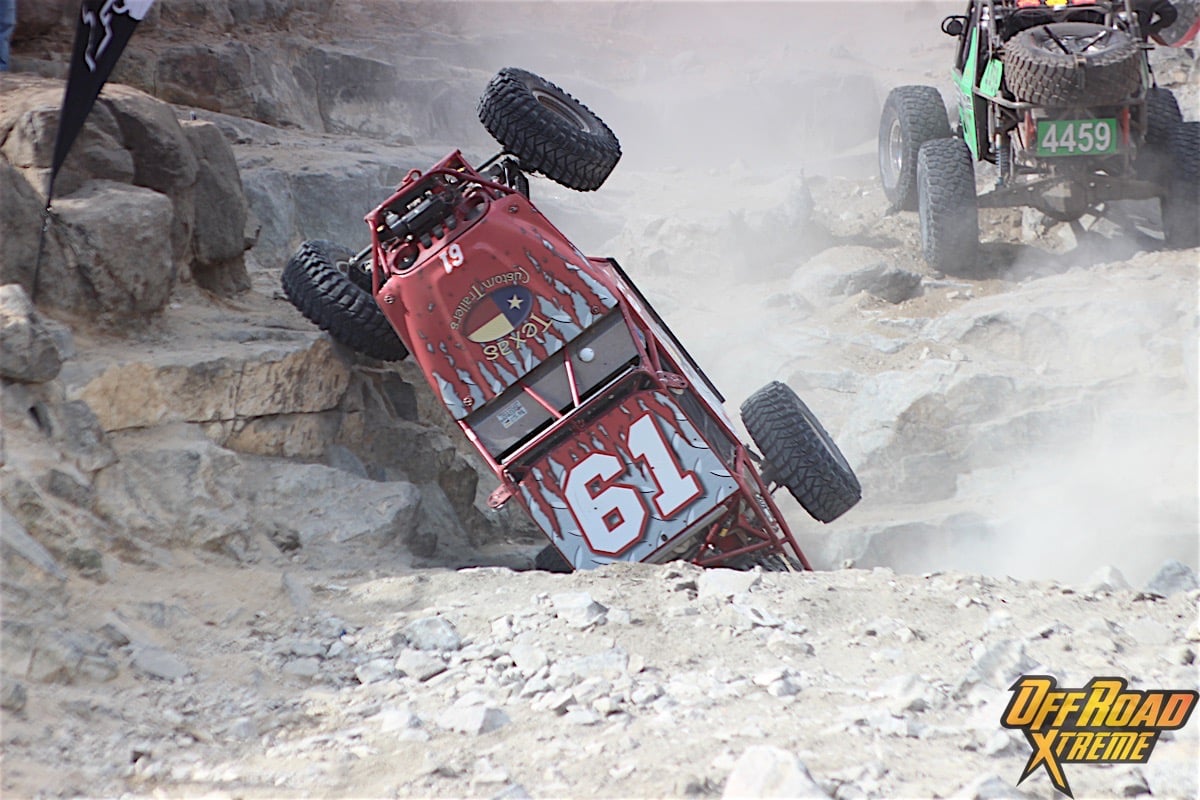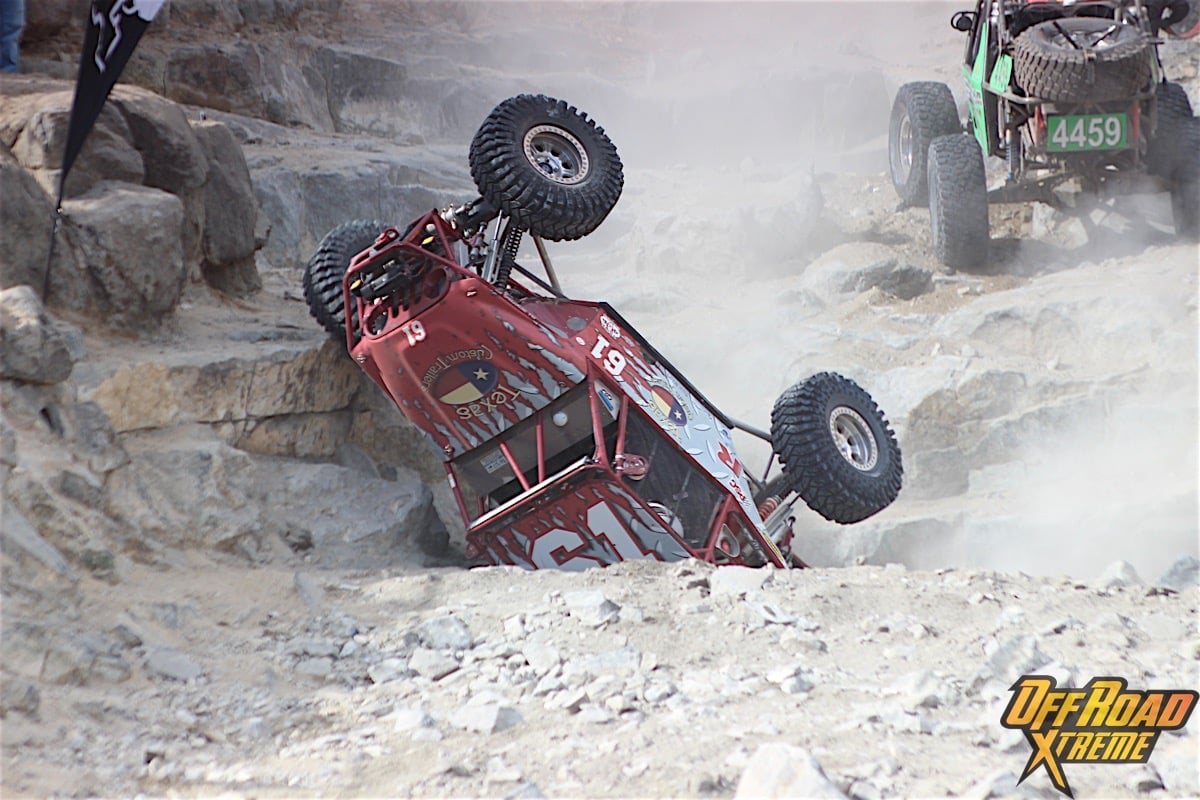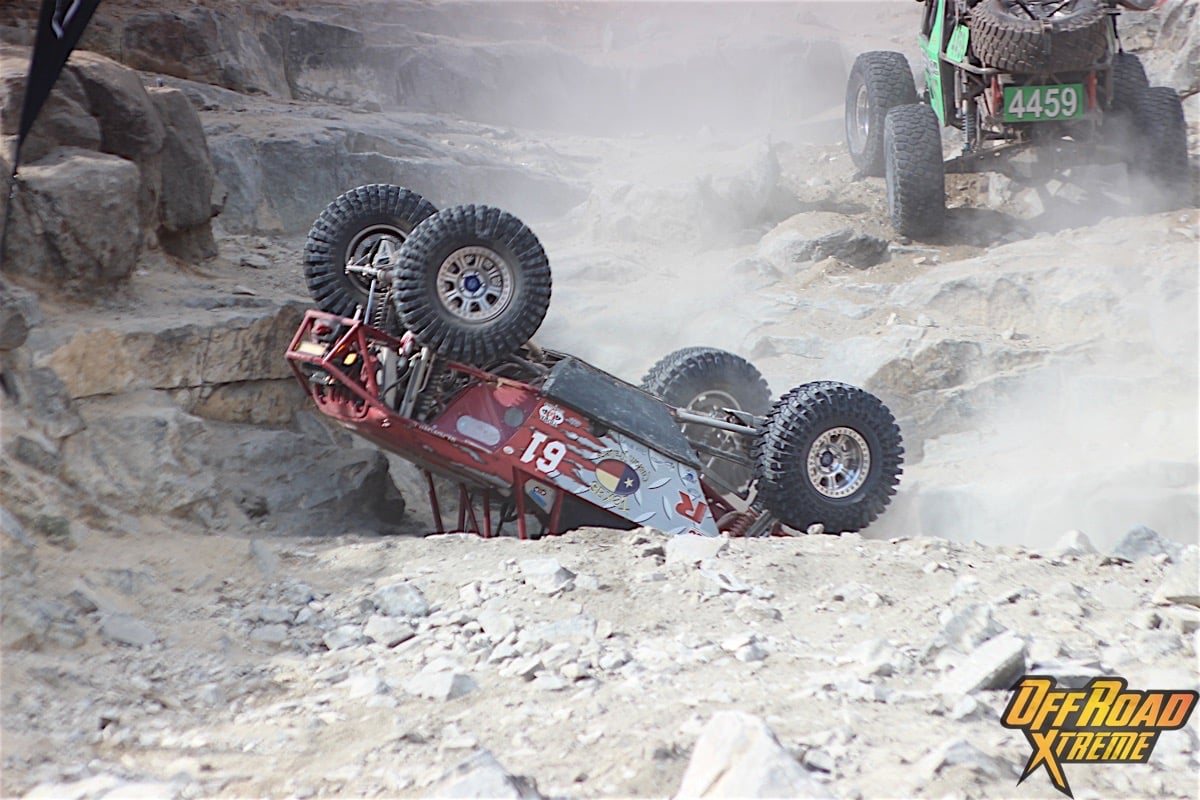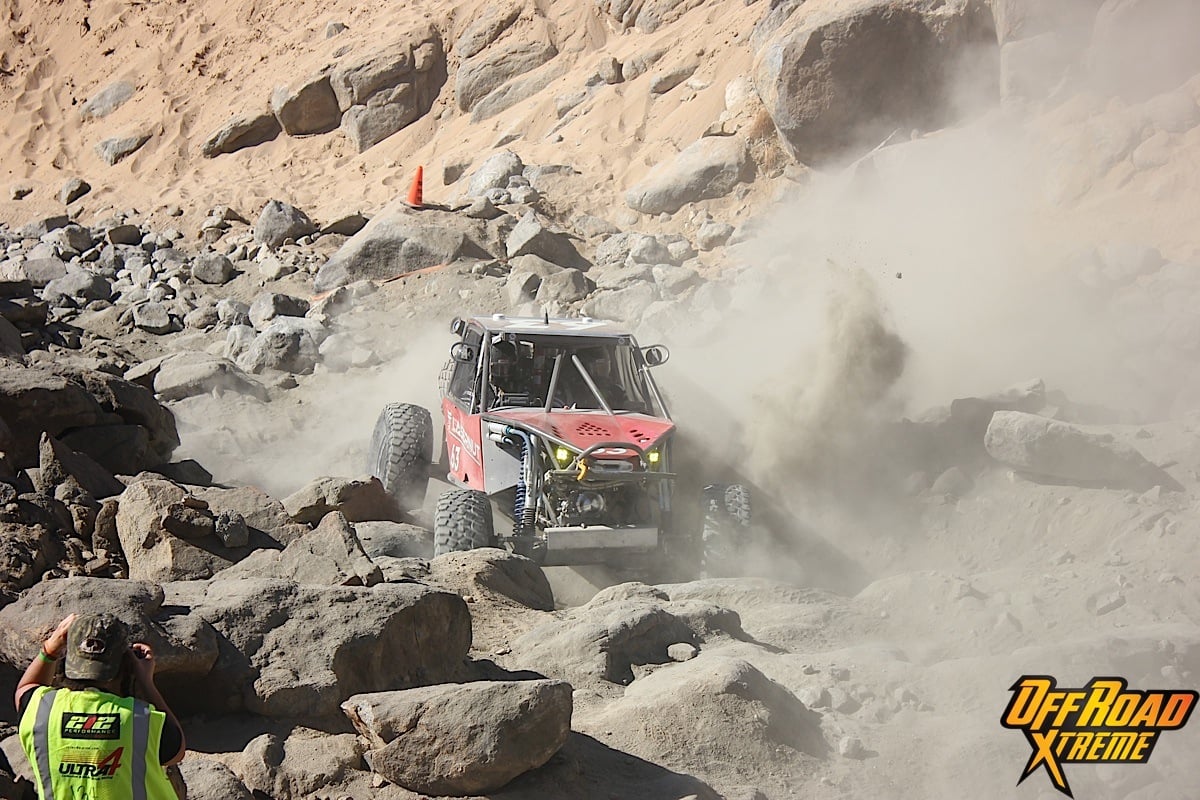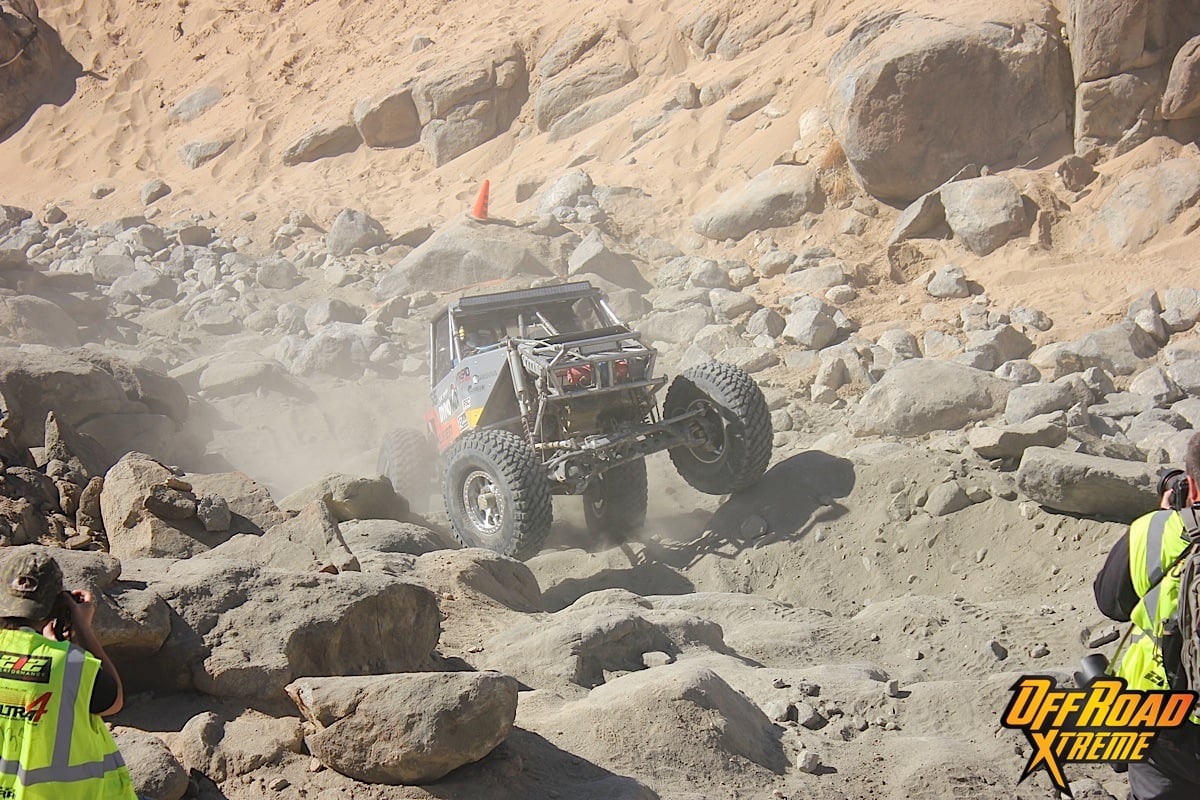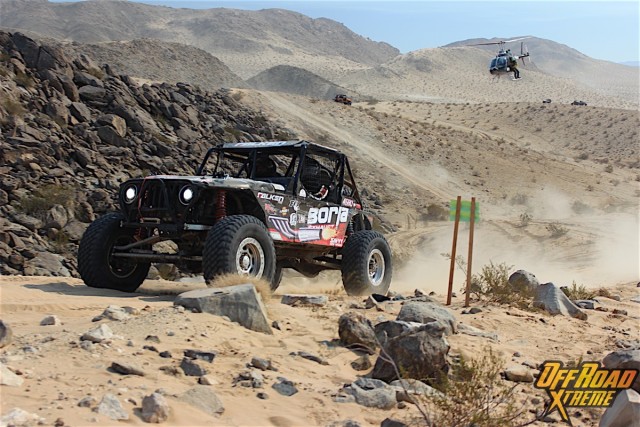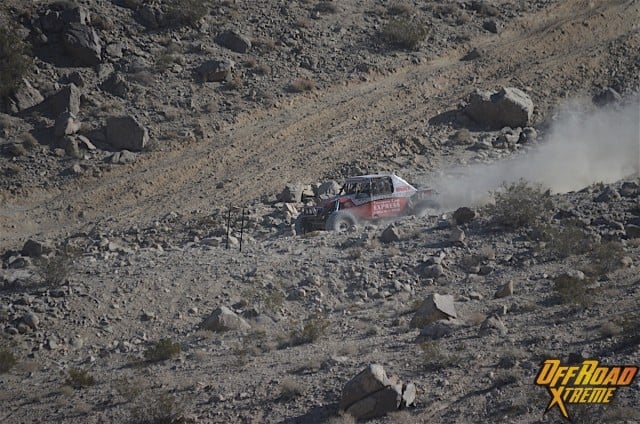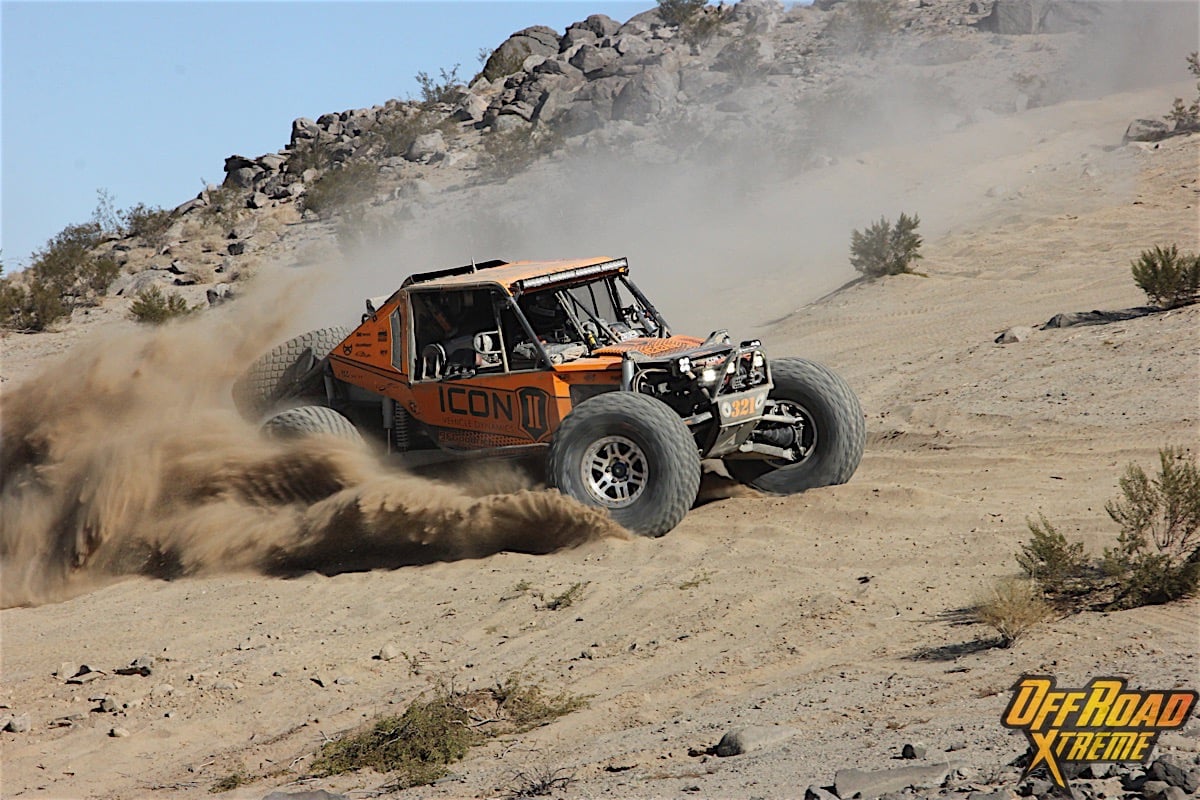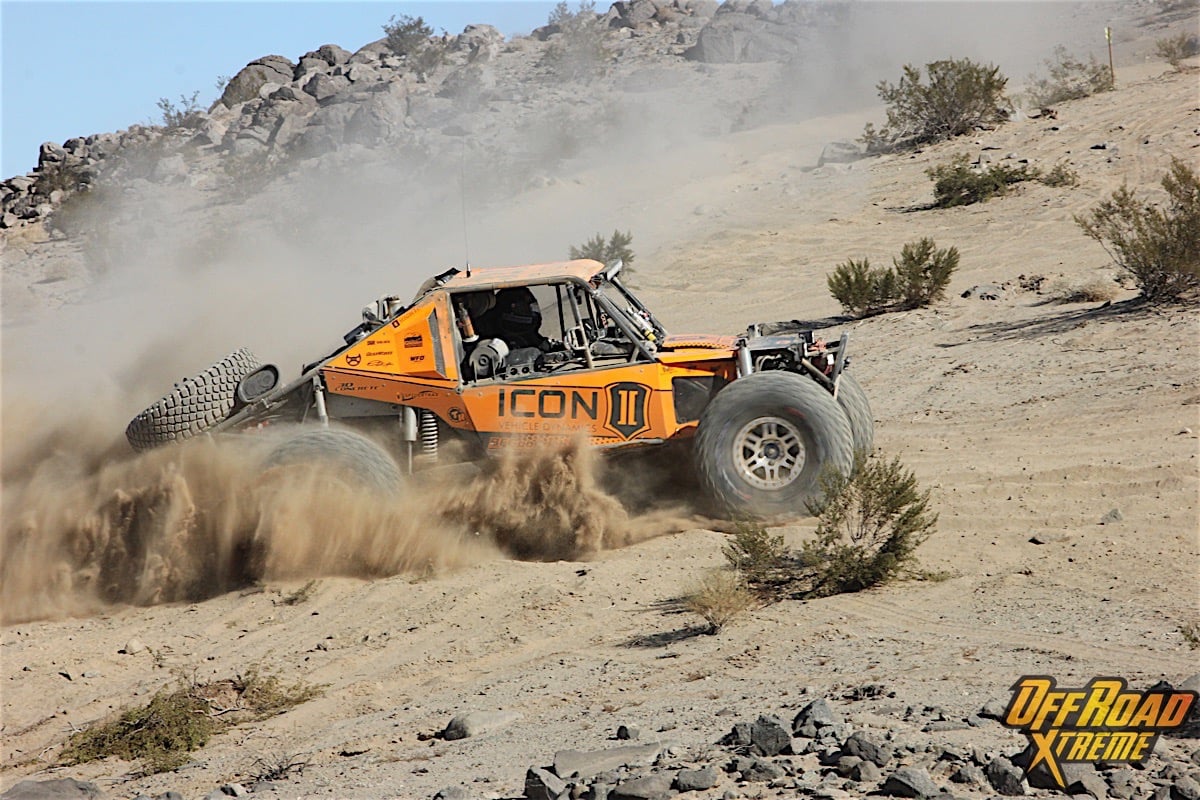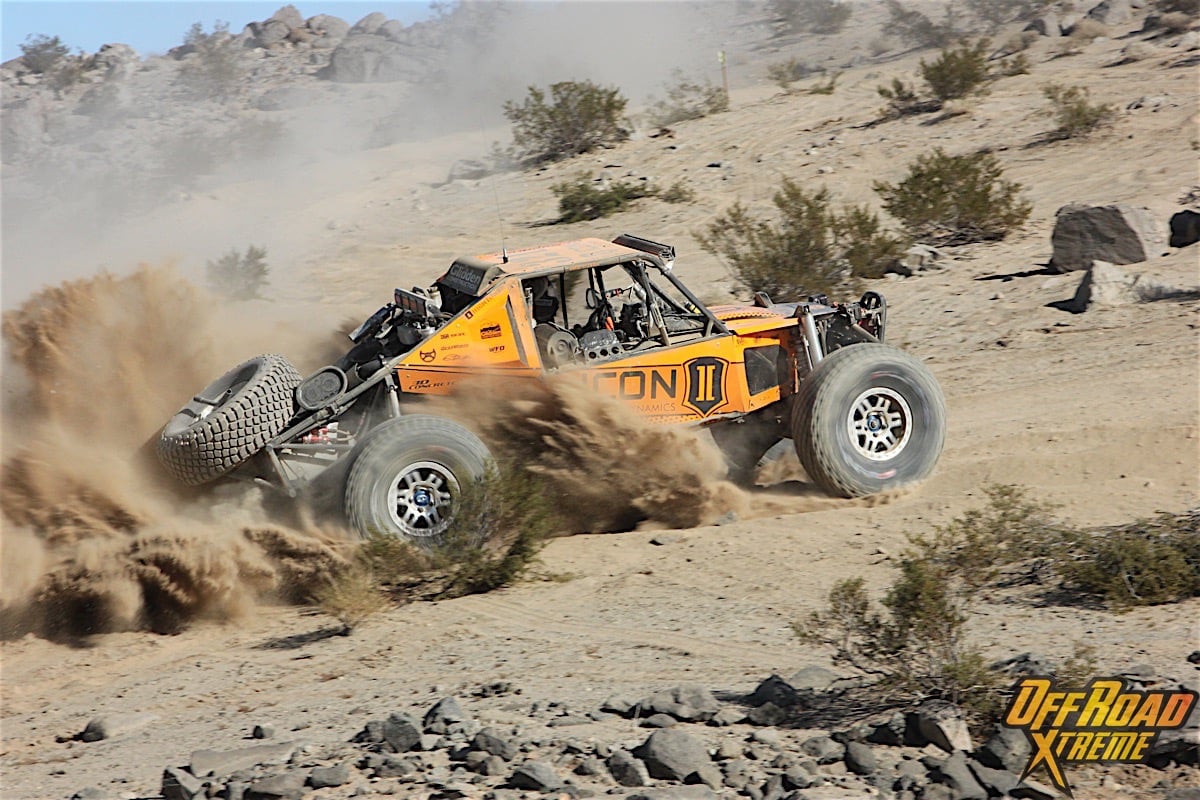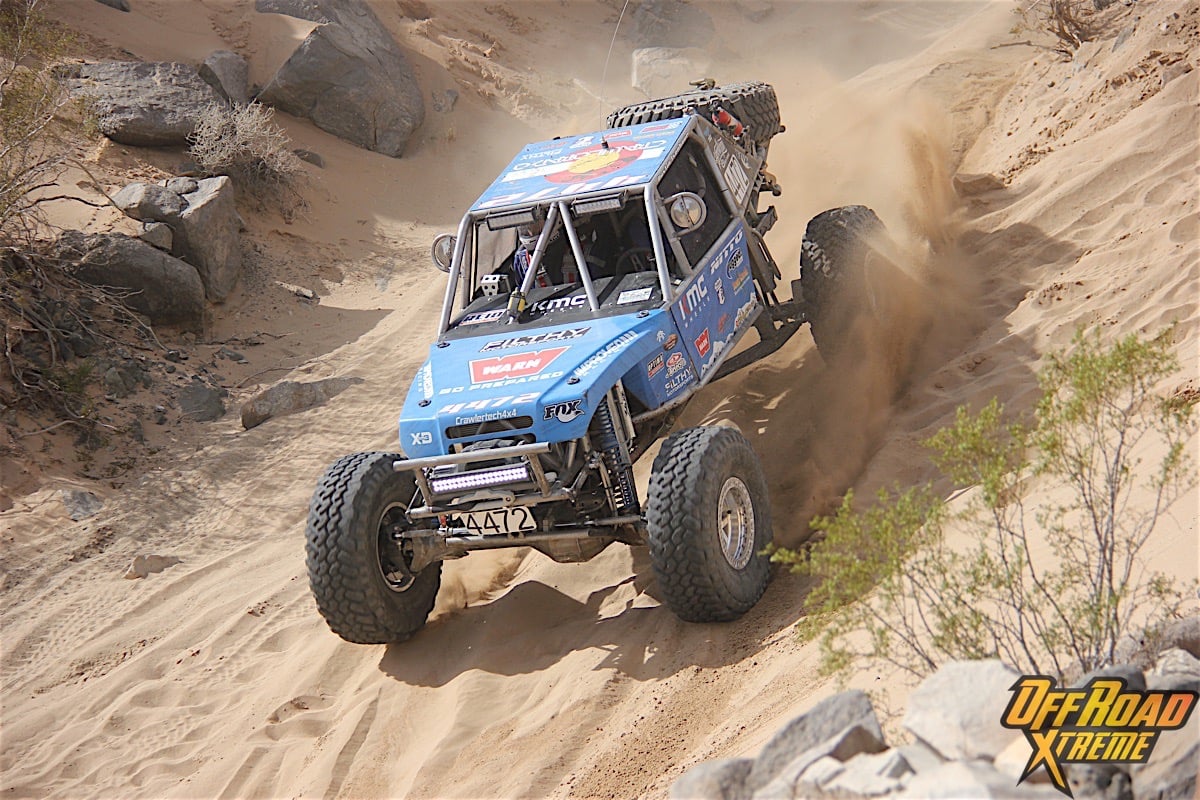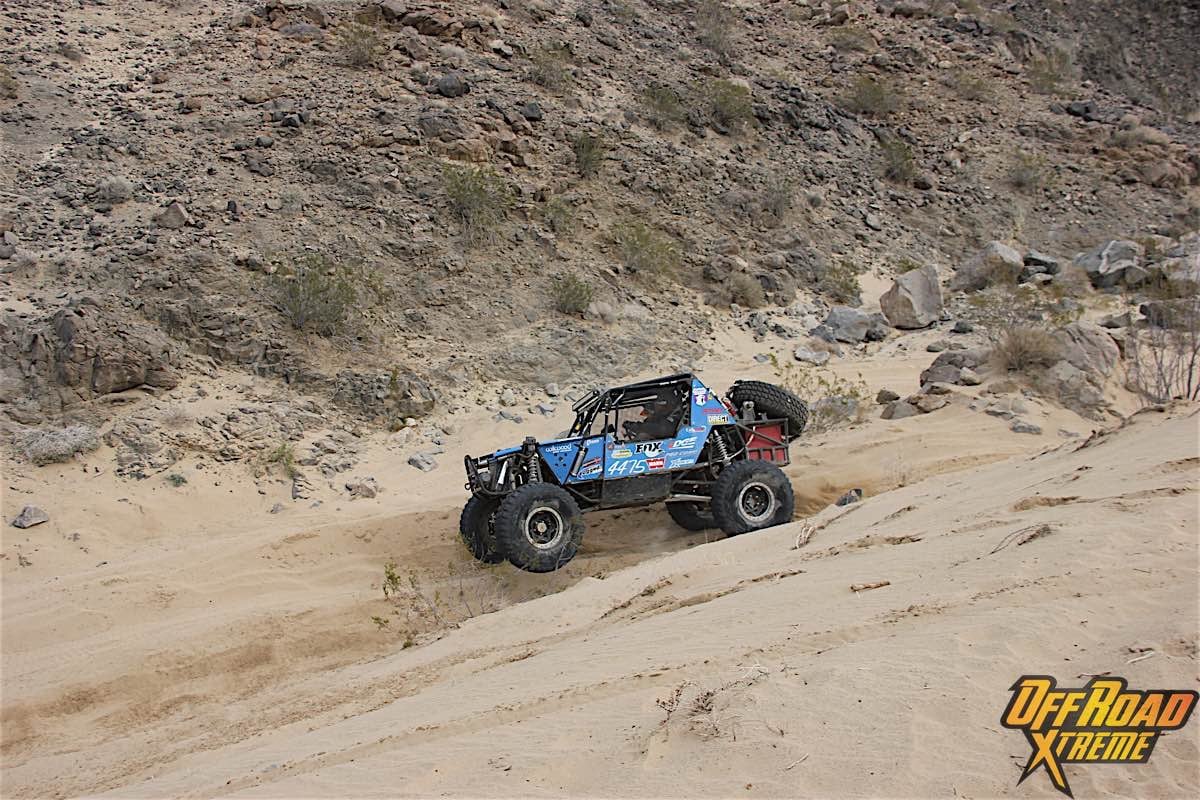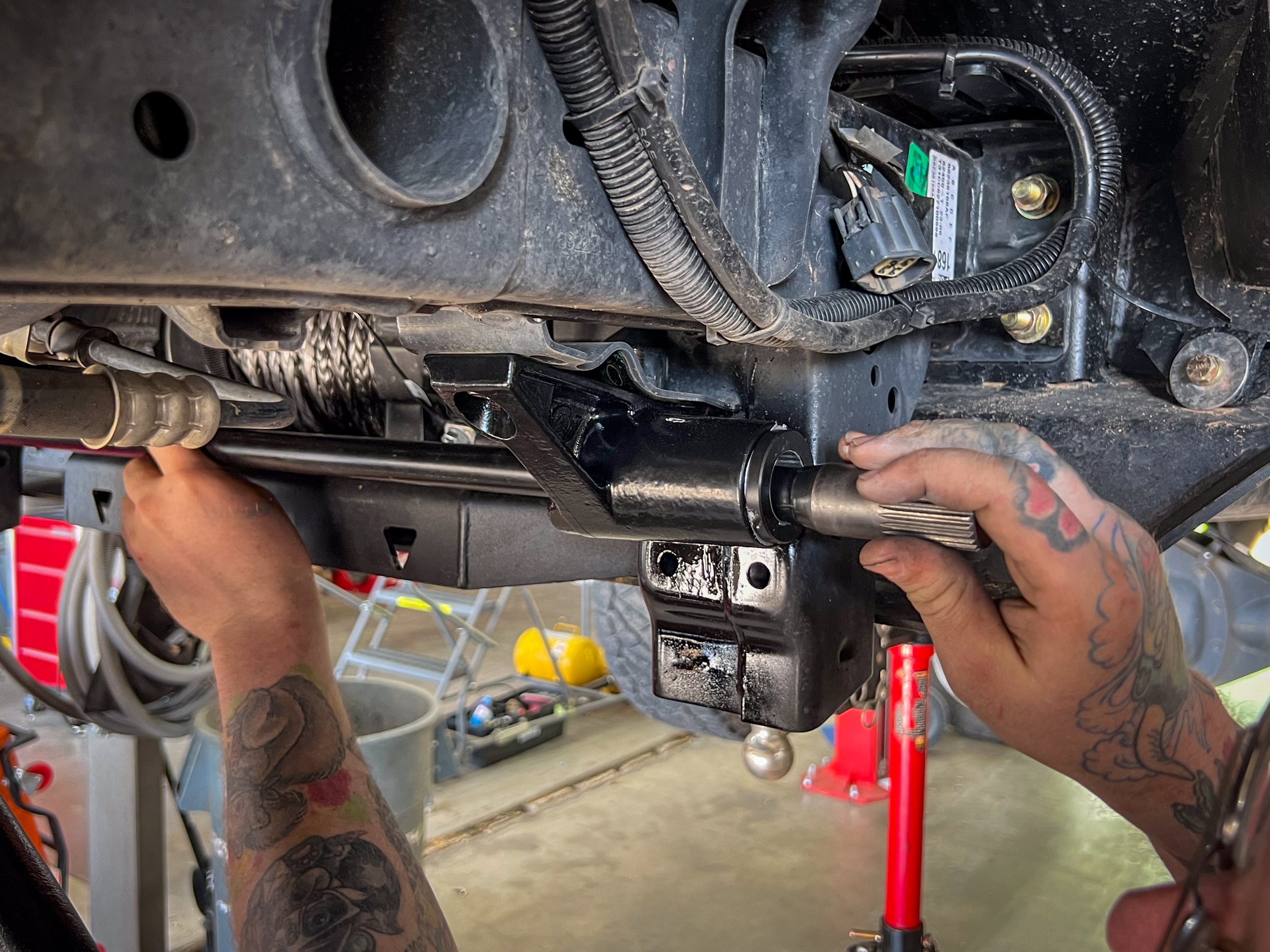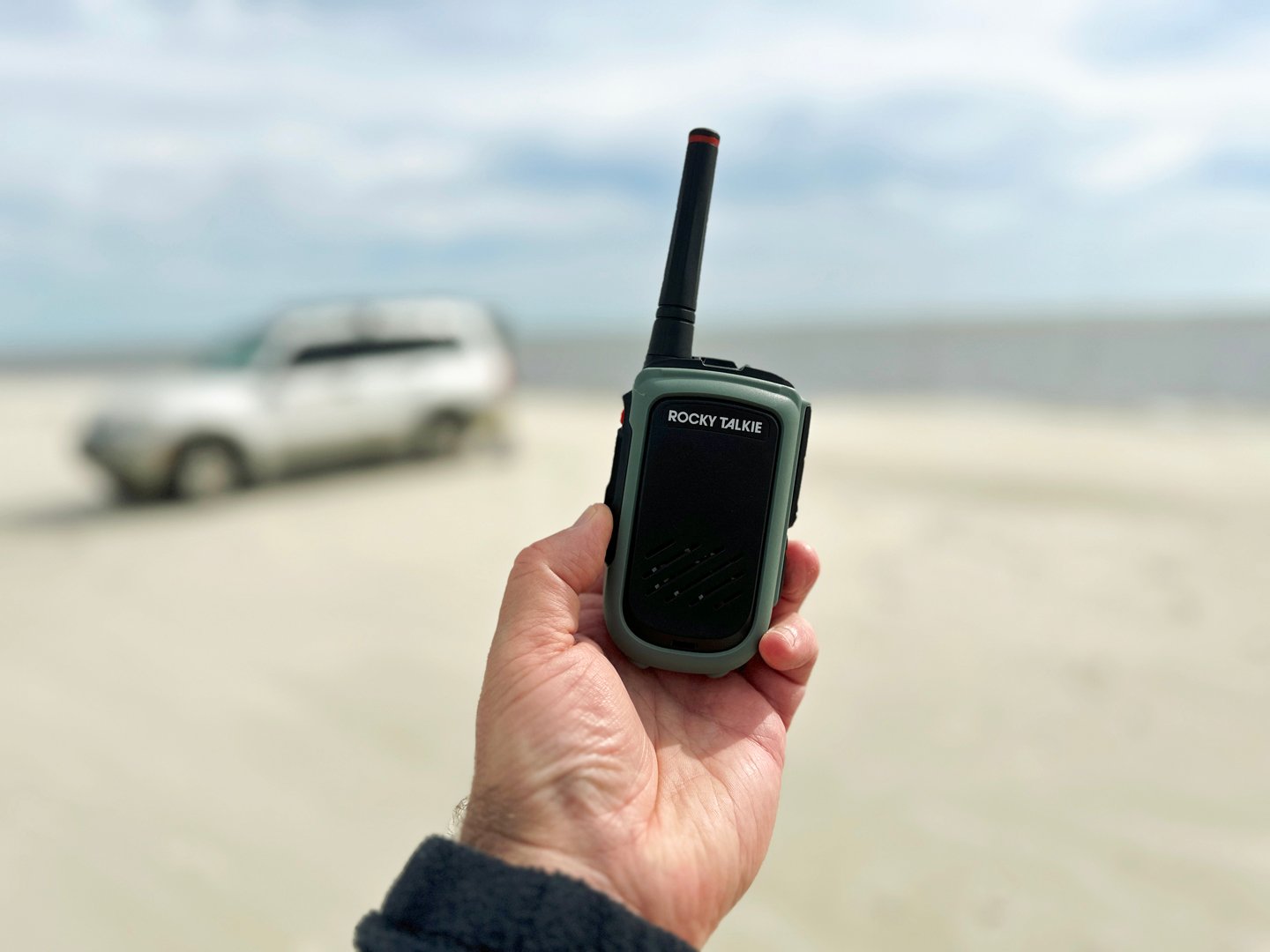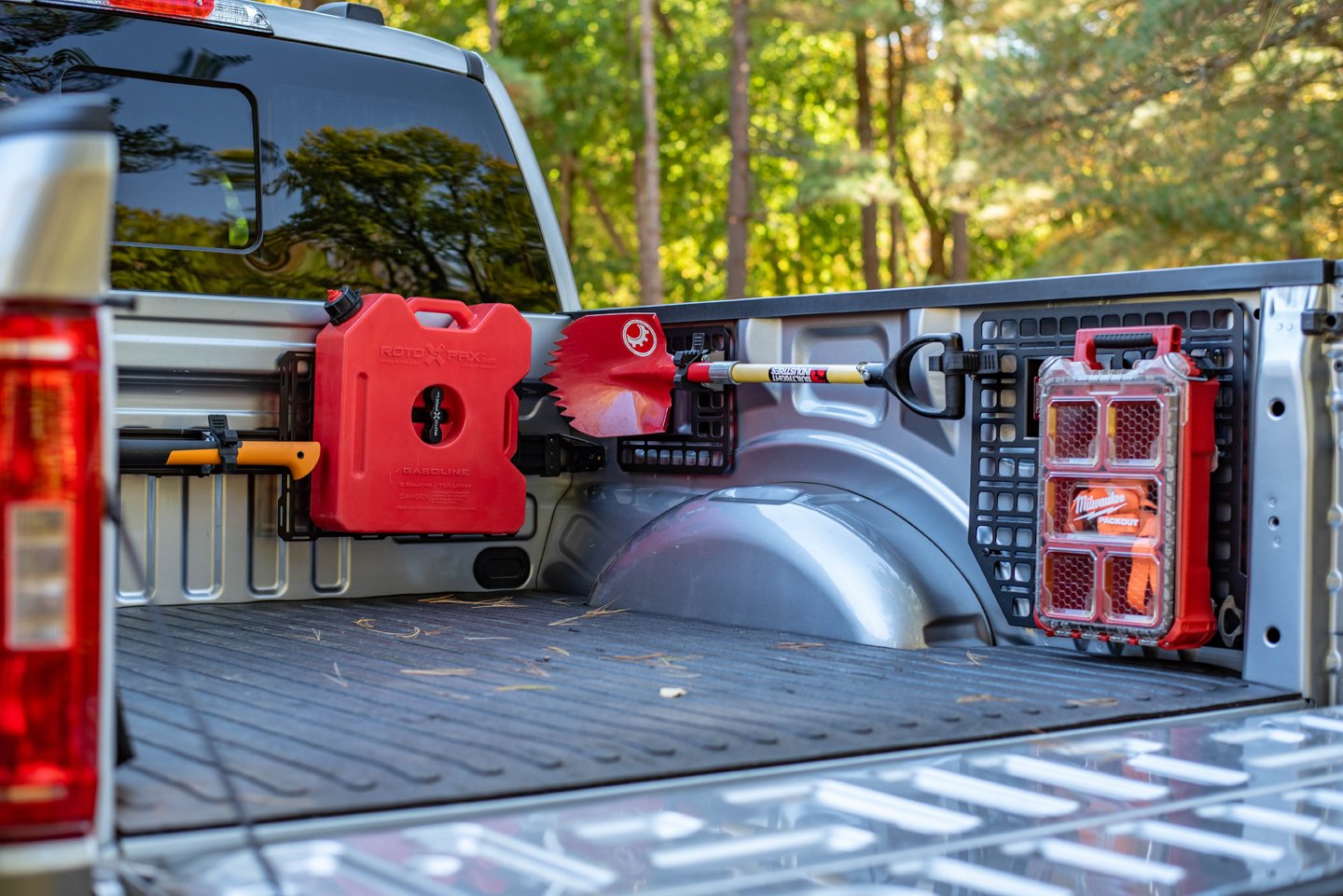Every legendary competition had its small and earnest beginning – a group of guys, friends who go back years, but all given to bouts of competition with each other. Whether the victor receives a grand trophy and worldwide recognition, or a case of beer and bragging rights, the focus is not lost, but it does evolve in wonderful ways.
One race that exemplifies this model well is the Ultra4 King of the Hammers (KOH). Although originally just a group of 13 dudes with rockcrawlers (referred to as the “OG13”), their friendly competition turned into one of the most famous American off-road races in history, and only did so in the span of about a decade.
As a grand spectacle and must-see event, KOH has surpassed expectations time and again. 2017 was no different, as tens of thousands of spectators and hundreds of racers made the trek out to a dusty patch of California desert to once again see who would be crowned king (more than ever had before). We reached out to some of those who were involved early on in the race’s making – Dave Cole, Shannon Welch, and Steven Beebe – to learn the background, the milestones, and the future of this epic race.
Inception
To anyone who isn’t an off-roader, Johnson Valley is a place that is unheard of. It more or less stayed that way up until about 2006. According to founder Dave Cole, it was kind of like his backyard, and one that he sought to turn into a must-go location for off-road motorsports.
“Living here in SoCal and being on a budget, Johnson Valley was the right place to begin,” said Dave. “It’s always been a part of my life; I got married on top of Jackhammer, for pete’s sake. There was really no other place on the planet to do what I wanted to do.”
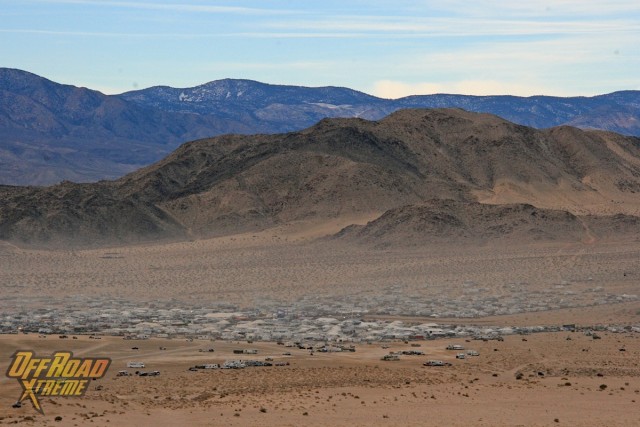
Hammertown, 2014. Johnson Valley was founder Dave Cole’s backyard, and where he spent many a day four-wheeling with friends. With its varied terrain and expansive sprawl, it only made sense to turn it into the home of King of the Hammers.
Dave had envisioned a new race, one that did more than a standard rockcrawling competition. There had to be something better than climbing over rocks and having it take all day to complete. “What was lacking was any sort of speed or excitement,” said Dave. “I talked to some guys and formulated the idea, and that was our first race, the ‘OG’ race. It was more of an experiment to see if it could take off.”
That first race with his friends, the “OG 13” as they’re known, Dave had to map out the race course with two buddies, and it took a grueling day to do so. “It was the worst 14 hours of my life,” he commented.
With the course plotted, the first race went off without a hitch. More than anything, it showed that the race could be done; now it was up to Dave to show that it could be marketable.
Gaining Support
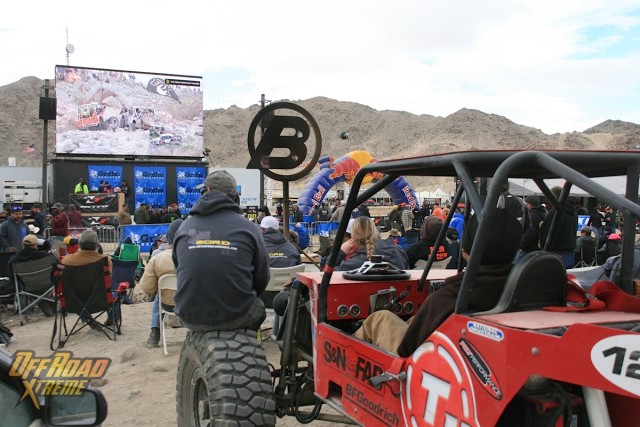
Hammertown, 2014. A place for spectators to relax and watch the race on the jumbotron, go visit vendors, or buy hot dogs for lunch.
The thing about being the first to invent something incredible, is that it’s a hell of a time trying to convince others that it’s incredible, or that it has such potential. Dave ran into this problem over and over in the early days of promoting King of the Hammers.
“Back when this first began, there were people that said the idea would never work,” said Dave. “It was roundly rejected by everyone – industry, racers, media – and everyone said it was the stupidest idea they’d ever heard.”
The unpredictability and punishment of King of the Hammers have always been parts of what make the race so appealing to spectators and racers alike. Here, a driver takes a tumble down Backdoor.
It was roadblock after roadblock for Dave, who wanted nothing more than to get his idea off of the ground. But every time he was told “No,” he made himself get back up and try again. It wasn’t until he met Steven Beebe of Griffin Radiators that he was able to finally gain some positive momentum.
“The idea was pitched to me at SEMA 2007,” said Steven. “There was a little bit of a rockcrawling demo going on at SEMA, and we met a few people there – Dave Cole and Jeff Knoll – and started talking about the idea of this race. From my marketing standpoint, I took it as a race in a place no one ever goes, in a vehicle nobody builds, and a type of racing nobody had ever done before. Dave ultimately convinced us to head out there and take a look, and we were hooked ever since that point.”
“The first big break was Griffin Radiators, for sure,” commented Dave. “Steven was the one saying, ‘I’ve heard about this race. I want to come check it out.’ We got him a nice motorhome, and the hot water didn’t work, the septic tanks were full, and everything that could go wrong did go wrong. But he watched that first race that Shannon Campbell won. They came away and within two weeks, they offered to become our title sponsor.”
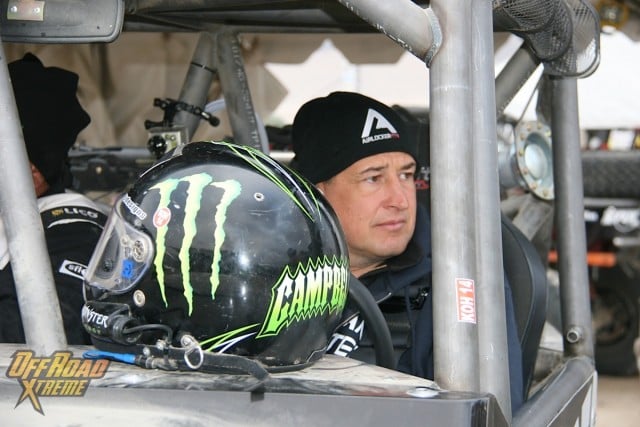
Drivers like Shannon Campbell (pictured) have brought great notoriety to KOH. As of 2017, he is the only racer to have taken first place three times (2008, 2011, and 2017).
The First Race
February 2008 – the first official King of the Hammers race. Only a handful of people have made it to the event, and among them are Steven, Dave, Shannon Campbell (who would come in first place), and few others, bringing the total to about 40. Media, vendors, and spectators were barred from attending; the race was invite-only.
It was an eye-opening experience for a guy like Steven, who, as an East Coast native, was not used to the barren deserts of Southern California. “My greatest memory was driving up to Sledgehammer, hiking to the halfway point and overlooking the course, and sitting on a rock with a camera at the ready, waiting for cars to come through,” he said. “Watching these vehicles go up and over rocks was something else!”
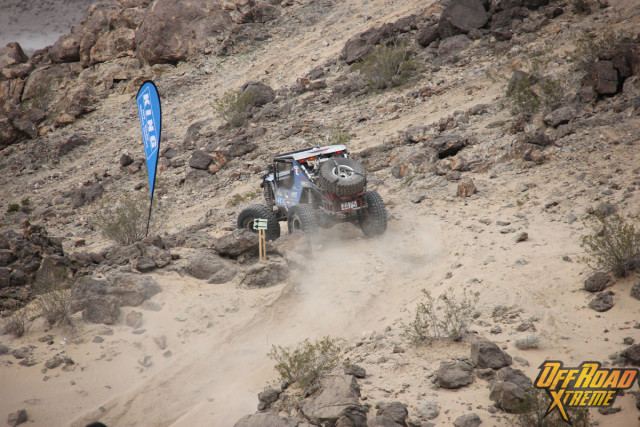
Sledgehammer, 2017. A decade ago, Steven Beebe of Griffin Radiators came here and was blown away by the vehicles that ambled up and over the terrain. “It was something else,” he said.
In Steven’s mind, King of the Hammers showed that grassroots people were still interested in rockcrawling, and would put in the work and sweat needed to make powerful 4x4s that could handle rocks and open desert. As a venue for Griffin Radiators, it started to make sense that the company should support the event, too.
“When you think about it, KOH is run in one of the most inhospitable places in the U.S.,” explained Steven. “By virtue of that, our product was a perfect fit. Overheating your motor meant you were walking back to Hammertown, so we were able to market that point well.” What followed was the making of Griffin Radiators as the title sponsor of the King of the Hammers, a position they held until 2015 when Nitto Tire came in to replace them.
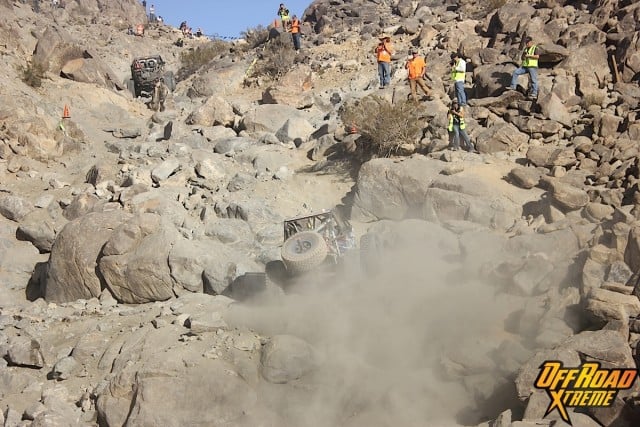
Chocolate Thunder, 2015. A formidable section, it is a steep uphill climb over massive rocks, and often leads to cars overheating.
Aftermath
Word spread after the inaugural KOH that a new event was in town. People started getting interested, and the tables turned in Dave’s favor. People who had once slammed the door in his face were now demanding special treatment, and the irony was not lost on the founder.
“We initially only allowed Crawl Magazine to come out and cover King of the Hammers,” said Dave. “Everyone freaked out about that. They said that since it was held on public land, we had to let them come, and all of this stuff. It was so funny to me. Dirt Sports and Four Wheeler and others all told us, emphatically, that KOH was the stupidest thing they had ever heard of, and that it would never work. Even Brett King (King Suspension) said it was stupid, and that he’d never spend a dollar on the sport.”
Claw Hammer, 2016. A driver comes out of a hairpin, eager to make time on the flatter portions of the race.
But that tune changed almost overnight. The prejudice that had closed so many minds early on had given way to burning curiosity, and that went for racers as well. “Guys like Robbie Gordon and Rob MacCachren can attest that racing King of the Hammers is far harder than racing the Baja 1000,” Dave stated.
For his part, Steven got to see firsthand how the sport took off. “It grew so much by 2009, and we’ve all been on a whirlwind ever since,” he said. “Things have really smoothed out as of late, to where I think KOH has found its groove in the racing world, and it’s here to stay.”
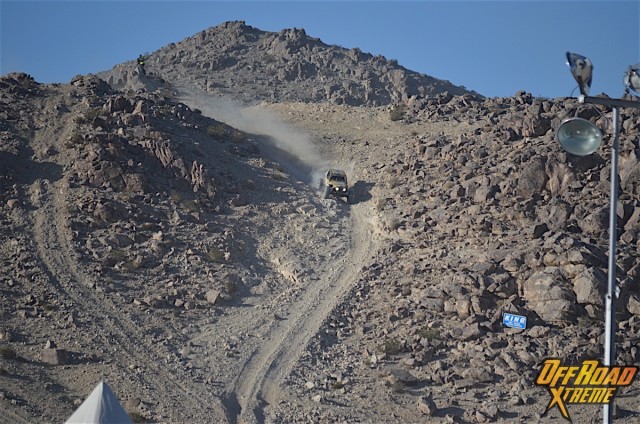
Near the finish line, 2016. A long drop back into Hammertown is a welcome relief to racers that have been driving for six hours straight, or more.
Looking To The Future
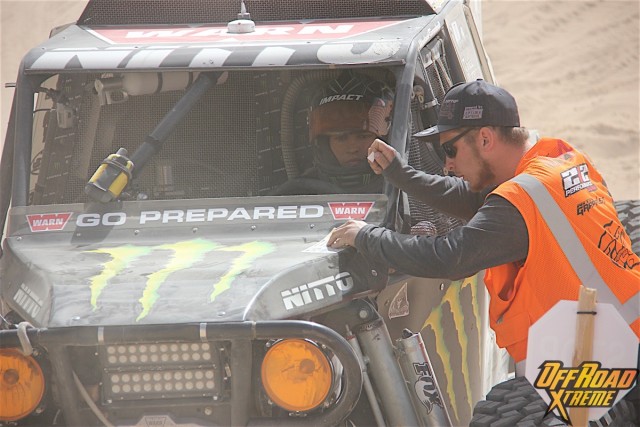
Chocolate Thunder, 2017. Second place finisher Wayland Campbell received a checkpoint sticker from an Ultra4 official. It’s a brief stop, but every second counts.
The past that has led to King of the Hammers becoming one of the most popular off-road races in the U.S., has paved the way for a bright future. In 2017 alone, there were 490 teams that came out to compete during the weeklong event, and estimates say the spectator count was in the neighborhood of 40,000 people.
I’m in this to make the sport better, to make it the best it possibly can be. – Dave Cole, founder, King of the Hammers
“We also did an exhibition in China that was hugely popular,” she continued. “More than 90 million people watched the exhibition on Chinese national television. More people in China know about Ultra4 now than in the US!”
It goes without saying that King of the Hammers has had quite the saga – a budding idea turned blowout event, with an ever-growing fandom and a celebrated revival of rockcrawling combined with desert-running excitement.
Asked what he considered the greatest driving force for keeping King of the Hammers on the up and up, Dave said: “I don’t think it’s one thing. The friends and family that we’ve met along the way have played a part. But for me, it’s an obligation to make it work. It’s land use, and it’s an opportunity for people to go wheeling and enjoy themselves. I’m not in this for the money; I’m in this to make the sport better, to make it the best it possibly can be.”
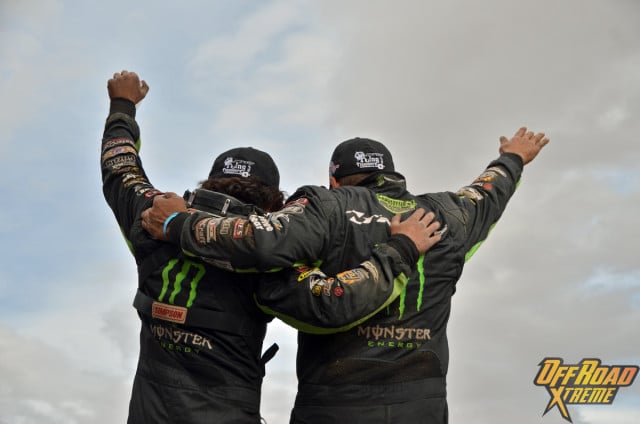
Father and son Shannon and Wayland Campbell, 2017. They came in and took first and second place, respectively. It was a glorious victory for the family, and a monumental moment for King of the Hammers.
